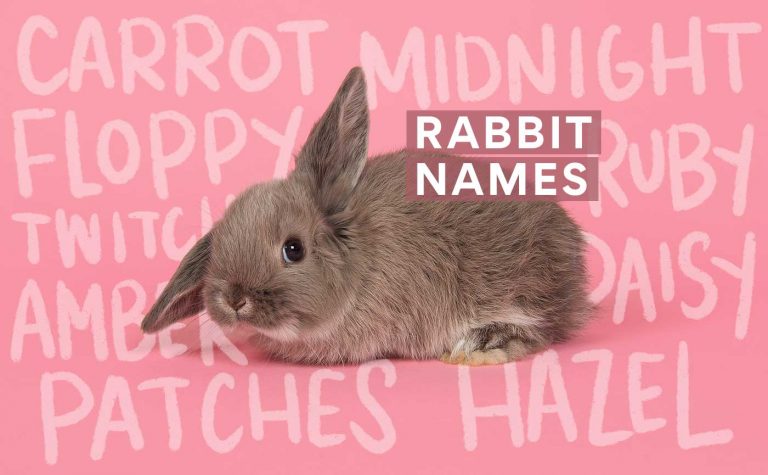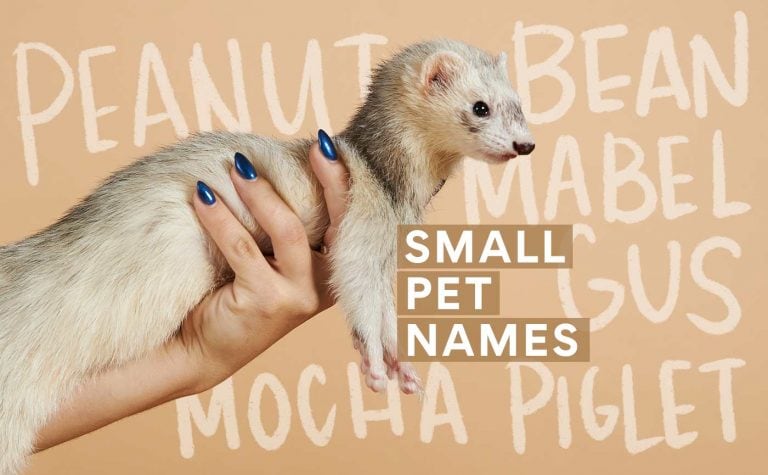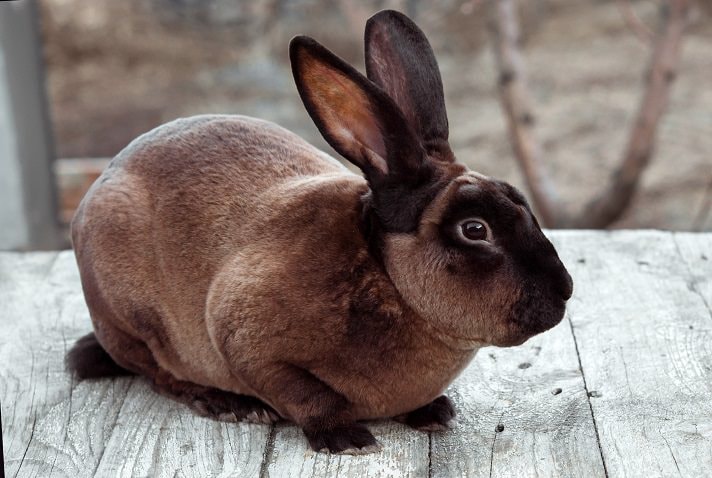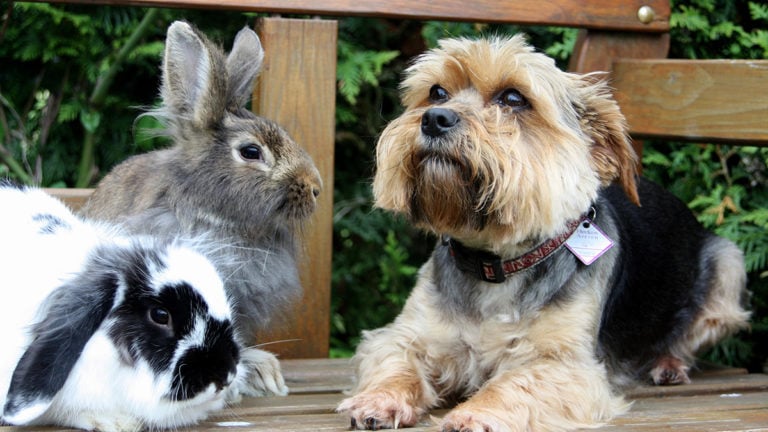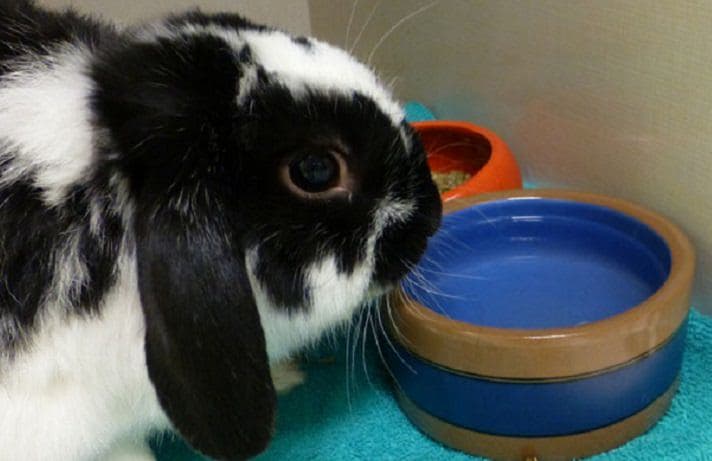Of all the rabbit breeds in the world — and there are a lot of them! — the Angora breeds are among the most distinctive, thanks to their beautiful, flowing wool. You probably already know that Angoras are prized by fiber artists and rabbit enthusiasts alike because of their characteristic fur, but how much do you really know about these delightful breeds? Here are facts — a baker’s dozen of them! — about these amazing bunnies.
1. The American Rabbit Breeders Association (ARBA) recognizes six breeds with angora wool.
These include the English Angora, the French Angora, the Satin Angora, the Giant Angora, the American Fuzzy Lop and the Jersey Wooly. The English, French, Satin and Giant Angoras are usually what come to mind when most people think of Angora rabbits, due in part to their names as well as their size. The American Fuzzy Lop and the Jersey Wooly are much smaller in size, and while they do exhibit the angora wool that makes these breeds so unique, it takes many more rabbits to get the same amount of wool you could get from one of the larger Angora breeds.
2. Angora wool requires lots of grooming.
Angora rabbits need to be brushed regularly — even daily! — to prevent their thick wool from matting. There is an exception, though. If you aren’t keen on the idea of exhausting a lot of time on brushing, try a French Angora. Their fur is coarser than the fur of the other Angoras and has more guard hair, so their coats are easier to care for in and out of rabbit cages. If you prefer the English Angoras, be prepared for a lot of daily grooming to keep them looking like the “round ball(s) of fluff” described in the breed standard!
The French Angora’s wool is coarser than the other Angora breeds and has more guard hairs, so it requires a bit less grooming.
3. Harvesting angora wool is usually pretty easy.
But you need to know what you’re doing. In most cases, angora wool is harvested by plucking or shearing, but the specifics depend on the breed and situation. Enlist the help of an expert to show you the best and safest way to harvest wool.
4. The Giant Angora is the largest of the Angora breeds.
It’s also aptly named! The bucks typically weigh at least 9.5 pounds at maturity, while the does often tip the scales at 10 pounds and up.
Giant Angoras are the largest of the wool breeds and can weigh in at 9.5 or more pounds.
5. The Jersey Wooly is the smallest of the Angora breeds.
These petite bunnies generally weigh less than 3.5 pounds.
6. The Satin Angora combines two fur types.
No other rabbit breed combines the translucence of Satin fur with the flowing softness of angora wool. While Satin Angoras usually don’t produce as much harvestable wool as the other large Angora types, their wool is unique for its Satin qualities, which make it doubly appealing to fiber enthusiasts.
The translucent quality of the Satin Angora’s wool makes it unique.
7. Documentation of Angora rabbits dates back to the eighteenth century, but the exact story of how they came to be developed is murky.
Supposedly the Angora rabbits of today descend from a type of Turkish rabbits bred for its fine wool. Some foresighted sailors recognized the value of such rabbits, so they acquired a few to take home to France. There, the breed was allegedly first mentioned in an encyclopedia in 1765, and quickly became popular with the aristocracy in France.
8. Angora Clubs
The National Angora Rabbit Breeders Club, Inc. is “dedicated to the promotion and care of Angora rabbits” and is the national club for the four larger Angora breeds. The Jersey Wooly and American Fuzzy Lop have their own individual clubs: the National Jersey Wooly Rabbit Club and the American Fuzzy Lop Rabbit Club, respectively.
The American Fuzzy Lop is the only lop-eared wool breed.
9. One of the most famous Angora rabbits today is Wally.
He has over 200,000 followers on his Instagram page. At first glance Wally doesn’t seem to have the flowing fur of the typical Angora rabbit, but that’s because his coat is kept clipped. Adorable and energetic, Wally likes eating, posing for photos, eating, sleeping, exploring and eating. His Instagram is sure to make you laugh and appreciate the personality of Angora bunnies.
10. The first Angora rabbits came to the United States in the first half of the nineteenth century.
For many years, all Angora rabbits were lumped together as one breed: the Angora Wooler. This changed in 1939, when the ARBA began sorting Angoras into ‘English Type’ and ‘French Type’ rabbits. They finally became separate and distinct breeds in 1944, when they became known under the names we call them today. The English Angora and French Angora were the only two recognized larger Angora breeds in the United States until 1987, when the Satin Angora was approved by the ARBA, followed by the Giant Angora in 1988.
11. Angoras are colorful.
The Satin Angora, English Angora and French Angora breeds are found in a rainbow of colors recognized by the ARBA for shows, including Black, Blue, Chestnut, Chinchilla, Chocolate, Copper, Fawn, Lilac, Lynx, Opal, Pointed White, Red, Sable, Seal, Tortoiseshell, Blue-Eyed White, and Ruby-Eyed White. Additionally, French and Satin Angoras can also be Siamese Smoke Pearl, but only French Angoras can exhibit the Broken color pattern. The Giant Angora is only recognized in one color: Ruby-Eyed White. If it’s not a Ruby-Eyed White, it’s not a Giant Angora.
The Jersey Wooly is the smallest wool breed, weighing in at a mere 3.5 pounds.
12. More colors may be on the way.
Angora rabbit breeders are currently in the process of officially developing new colors for acceptance at shows. Certificates of Development are currently in process for Black Giant Angoras, Broken Satin Angoras and Broken English Angoras.
13. The colors continue…
The Jersey Wooly and American Fuzzy Lop can be found in many of the same colors as the larger Angora breeds, but they also can be Sable Point or Siamese Sable. You can also find Otter and Silver Marten Jersey Woolies, while the American Fuzzy Lop is the only Angora breed that can be Orange.
The Angora breeds are diverse and delightful. What are your favorite characteristics of these charming breeds?
By: Samantha Johnson
Share:


